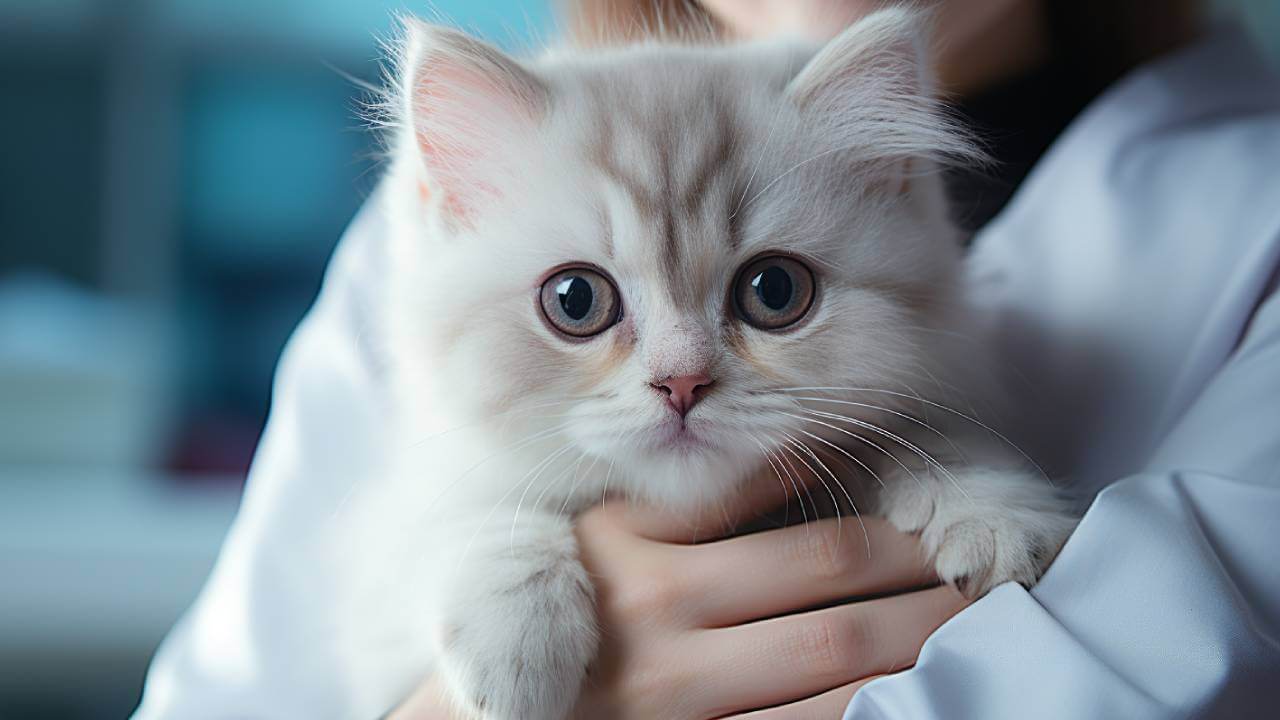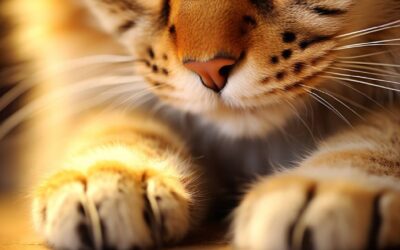It’s a well-known yet puzzling phenomenon for many pet owners: not all cats enjoy being held. While some felines leap into laps at the first opportunity, purring contentedly for hours, others might stiffen, squirm, or even lash out when lifted from the ground. This aversion to being held isn’t just a quirk but a reflection of a cat’s innate need for autonomy and personal space.
Understanding and respecting these boundaries are key to fostering a harmonious relationship with your feline companion. By exploring why doesn’t my cat like to be held, we can learn to appreciate the diverse ways cats express their comfort and affection.
Natural Instincts and Discomfort
For cats, being held is far removed from their instincts. In the wild, a cat being lifted off the ground is usually in a predator’s grasp, triggering a deep-seated sense of vulnerability and exposure. This evolutionary background can explain why even domesticated cats may feel uneasy when picked up, as it contradicts their instinct for control and safety.
Fear and Anxiety
From a cat’s perspective, the world is one of territory and stability. Being suddenly lifted disrupts this sense of security, potentially inciting fear and anxiety. Particularly for cats with a skittish or timid nature, being held can be an overwhelming experience that triggers their fight or flight response, leading them to resist or flee from such encounters.
Socialization and Personality
Like humans, cats have personalities shaped by genetics and early life experiences. Kittens exposed to gentle handling by humans from a young age are likelier to tolerate and even enjoy being held as they grow. Conversely, cats that lacked this early socialization may find human touch unfamiliar and intimidating.
Trauma and Negative Experiences
Cats with a history of trauma or negative experiences associated with being held may develop a lasting aversion to it. Rescue cats, in particular, might have had experiences that taught them to associate being picked up with danger or discomfort, influencing their reactions to such interactions later in life.
Physical Discomfort or Pain
A cat suddenly becoming resistant to being held may be experiencing physical discomfort or pain. Conditions like arthritis, injuries, or other health issues can make being held uncomfortable or painful, leading to avoidance of such contact.
Breed Specificity
Certain cat breeds are naturally more inclined or disinclined toward physical affection, including being held. Breeds like the Ragdoll are known for their docile nature and tolerance for being picked up, while others, such as the Bengal, may prioritize independence and personal space.

Building Comfort with Being Held
Creating a positive association with being held involves patience, understanding, and a gradual introduction. Offering treats, speaking in soothing tones, and respecting the cat’s cues to be put down can all contribute to a more positive experience. However, it’s essential to recognize that some cats may never fully embrace being held, and that’s perfectly okay.
Conclusion
Every cat has unique preferences and boundaries; learning to navigate these is crucial for a respectful and loving relationship. While not every cat will seek cuddles in your arms, they can show affection in countless ways, from a gentle headbutt to a soft purr across the room.
By understanding their aversion to being held, we can better appreciate and love our feline friends for who they are, not just for the cuddles they may or may not provide.

FAQs
How do I know if my cat wants to be held?
Cats show they’re open to being held with purring, rubbing against you, and a relaxed posture. Avoid picking them up if they keep their distance or show discomfort. Observing these signs helps respect their boundaries.
Can a calm environment help my cat enjoy being held?
A peaceful setting makes cats more receptive to cuddles by reducing their stress. Limiting noise and maintaining routines contribute to their sense of security and comfort with close interactions.
Signs my cat is just tolerating being held?
If your cat stiffens, avoids eye contact, or tries to escape, they just tolerate being held. These signs of discomfort indicate it’s time to put them down and give them space.
What is the best way to pick up a cat?
Support your cat’s chest and hindquarters when lifting them to feel secure. Holding them close to your body minimizes vulnerability, making the experience more comfortable for them.
Does playtime affect a cat’s willingness to be held?
After play, cats are often more relaxed and may enjoy cuddles more. Playtime helps them expend energy, making them calmer and potentially more open to affectionate interactions afterward.
How to bond without holding?
Engage in play, offer grooming, or simply share space to bond with your cat. These activities can strengthen your relationship without needing physical holding, respecting their comfort level.






My catis the same way! She prefers to be near me but not held. Any tips on helping cats become more comfortable with cuddles? 🐱💔
My cat is definitely not a fan of being held. Your article shed some light on why that might be!
My cat is independent and prefers her personal space.